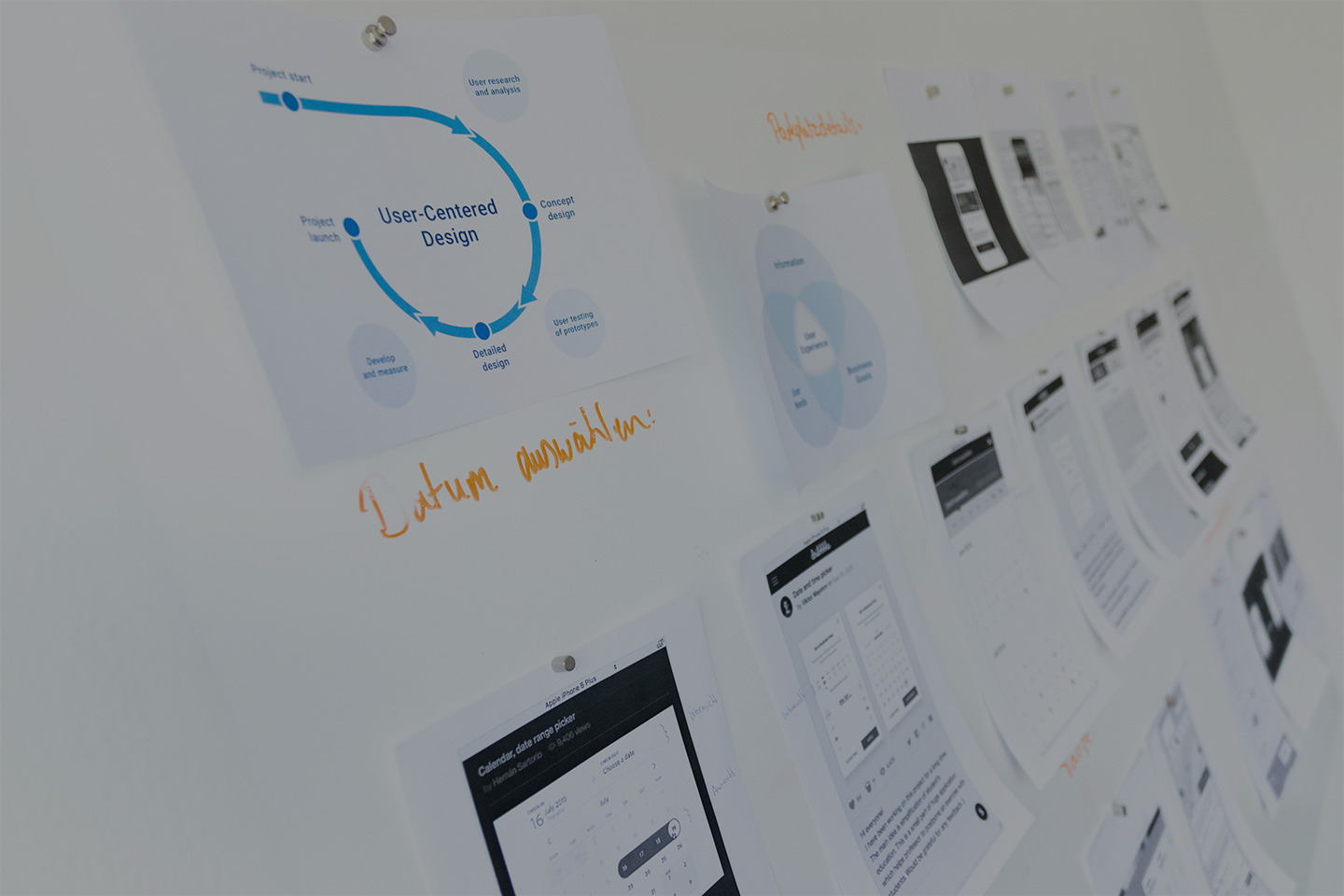How do you implement a UX approach in a culture ridden with an “u ija, tgħaddi” mentality?
The acceptance – if not embrace – of mediocrity in Maltese culture is a congenital malady that’s hard to shake. Maybe it’s just a level of chill that only mediterranean blood can produce, or perhaps it’s the paralysing fear of setting ever-growing standards as you deliver your latest work. Le man, x’hassle.
Either way, the school of thought behind UX is the polar extreme to this. It’s all about research and prototyping – some super time-intensive stuff that requires testing and experimentation until you’ve reached that golden glow that descends upon you when you’ve executed a seamless digital transaction.
Let’s backtrack – what is UX?
UX is all about creating digital experiences that feel good. There’s some innuendo in there that I’ll leave for another blog post.
Take a moment to think how many of your interactions today have been digital. Whether it’s to share a meme from Pastizzi Posting or to buy that long coveted pair of earrings off ASOS.
Each of those interactions are digital experiences that have been designed to function seamlessly, giving you a hassle-free transaction that you don’t have to think twice about.
Similarly, that frustration – nay, rage – you feel creeping up from your chest to your head when you try to pay your CVA fees after running an errand in Valletta is also a digital experience – a super shitty one.
And that’s why UX is important. Life is stressful enough without having to waste time on bad digital experiences. So, if there’s one contribution we can make to society, then let it be building UX-centred digital products for our clients and their users.
Okay, but how does UX improve your work?
That’s why last year I decided to take a course on UX design. This course taught me all about the key principles of UX:
- Focus on the user
- Consistency
- Hierarchy
- Context is key
- Give control to the user
- Accessibility
- Usability testing
These principles are pretty simple, and hardly unheard of – but making sure that all are present can be tricky, particularly if your project is running on tight deadlines, or client interference is high.
This where ‘u ija mhux xorta’ comes in. Very few professionals set out to do a half-assed job. But if a project starts out with unrealistic expectations and poor planning, then it’s doomed to fail.
Taking the “hassle” out of UX
Certain stakeholders within the client’s organisation will not understand what it takes to build a website or app.
So very often, particularly if the decision-making process has been long drawn out, a client will expect quick turnaround to make up for time lost on their end.
I mean, if I had a penny for every time I asked a client “When would you need this done by?” and a client says “yesterday”, giggling like a schoolgirl…
Yeah, you know how it goes.
So the first step of running a UX project is to set expectations. Don’t ask when they’d like to have it by. Go on and say, “this is all great – we’ll be able to deliver this in 3 months, bearing in mind that all deadlines are respected.”
Will the client freak? Probably.
But then it’s up to you to explain that the only way to deliver a project you can both be proud of is to make time for all the steps needed. Research, which will allow you to fully understand the target user and their habits, prototyping, which will give everyone involved the opportunity to see the site/app develop, and testing, which you’ll do as you go along to ensure you’re following those 7 principles.
UX is not an island
So what did I learn after taking this course? That it’s hard to unlearn a mentality that has been embedded in my psyche from birth. But then again, very little of the UX approach is new to any web professional worth their salt.
But taking a UX approach isn’t something you can do in a silo. It’s only once you’ve set the ground rules and created an environment in which you can carry out your team’s tasks with confidence , and without external pressures, that “u ejja, mhux xorta” will become a thing of the past.

